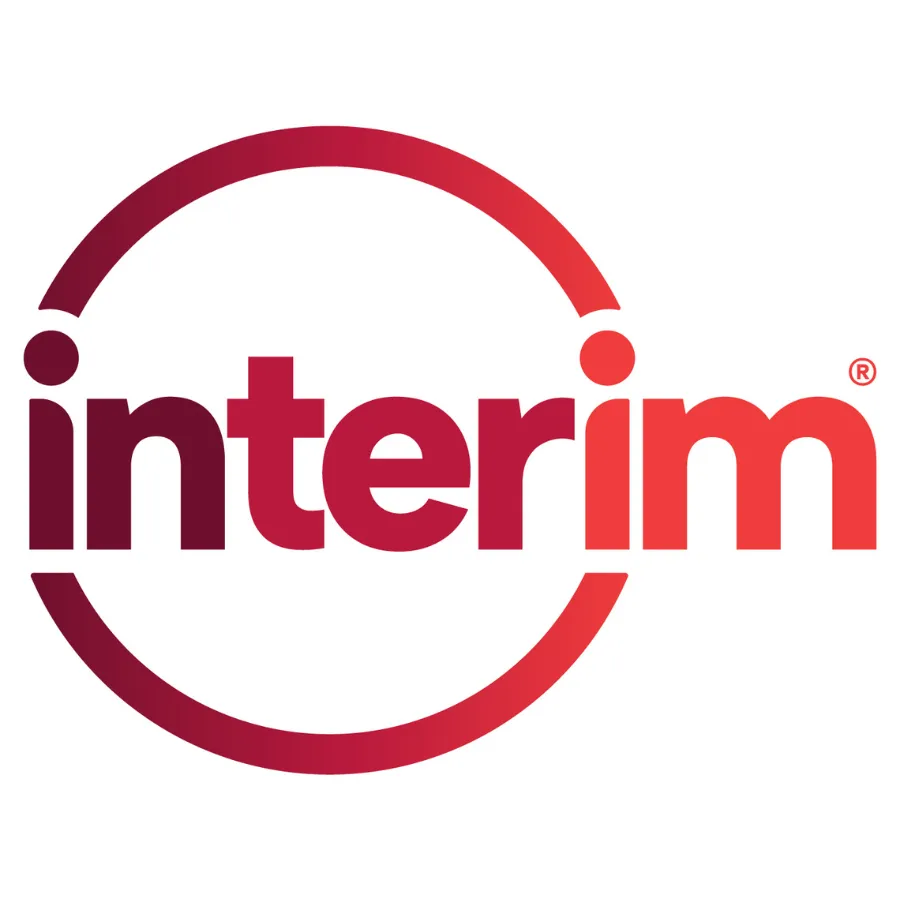Cost
Home Care

Assisted Living

Private Caregiver

Home Health

Family Care

No Care

When considering care options for an aging loved one, cost is often the first — and sometimes the most confusing — factor. Each type of senior care carries very different financial implications depending on the level of support provided, the setting, and what insurance (if any) covers. Below is a comparison of what families can typically expect to spend and why each option received its rating.
Home Care
Home care provides one-on-one assistance in the comfort of the client’s home. Costs vary based on hours needed, but you only pay for the time and help you use — not for room, board, or facility overhead.
At Interim Home Care, we charge hourly and never require long-term contracts, giving families flexibility to scale care up or down as needs change. While private-pay home care can add up with high hour needs, many find it comparable in cost to assisted living — but with the benefit of dedicated, personalized attention.
Assisted Living
Assisted living communities charge a flat monthly rate that includes room, meals, and some care support. However, costs often escalate quickly as additional care needs arise. For families, this can feel unpredictable and financially straining — especially if a parent’s savings were not intended for long-term facility care.
As a tenant, room and board rates (rent) will likely climb
Private Caregiver
Hiring an independent caregiver (outside an agency) can appear cheaper upfront, but families assume hidden costs such as payroll taxes, liability, and backup coverage when the caregiver is unavailable. While the hourly rate may be lower, the lack of insurance, oversight, and reliability often makes the overall value questionable.
Home Health
Home health services are typically covered by Medicare but are short-term and medically focused. They are not designed for long-term assistance with daily activities. Financially, it’s a lower direct cost, but it’s not a substitute for the ongoing help most families actually need — which often leads to adding private home care later.
Family Caregiver
Care provided by family members is generally the least expensive option since there’s no financial exchange. However, the “free” cost comes at the expense of time, energy, and lost income. While financially affordable, it can be emotionally and physically draining over time. A study done by the U.S. Departmeny of Labor/ Women's Bureau in 2023 estimated a cost of $295,000 in employment related costs for providing unpaid care over a lifetime--80% from lost wages, 20% from lost retirement contributions/social security benefits..NCBI/NIH found for vcaregivers 50+, the income losses from leaving the workforce to care for a parent are estimated at $303,880 (in lost income and benefits) over a lifetime.
No Care
Choosing no care at all costs nothing upfront, but it carries serious long-term risks. Families often underestimate the eventual financial and emotional toll when accidents or health declines occur. While the cost column rates it “green,” the overall consequences typically outweigh the savings.


